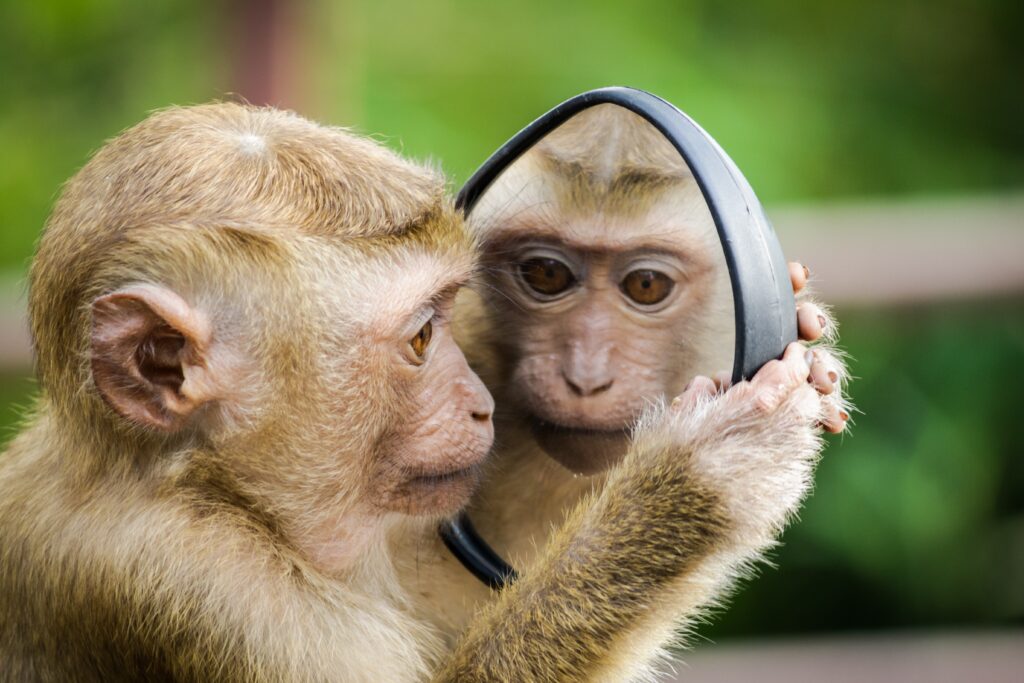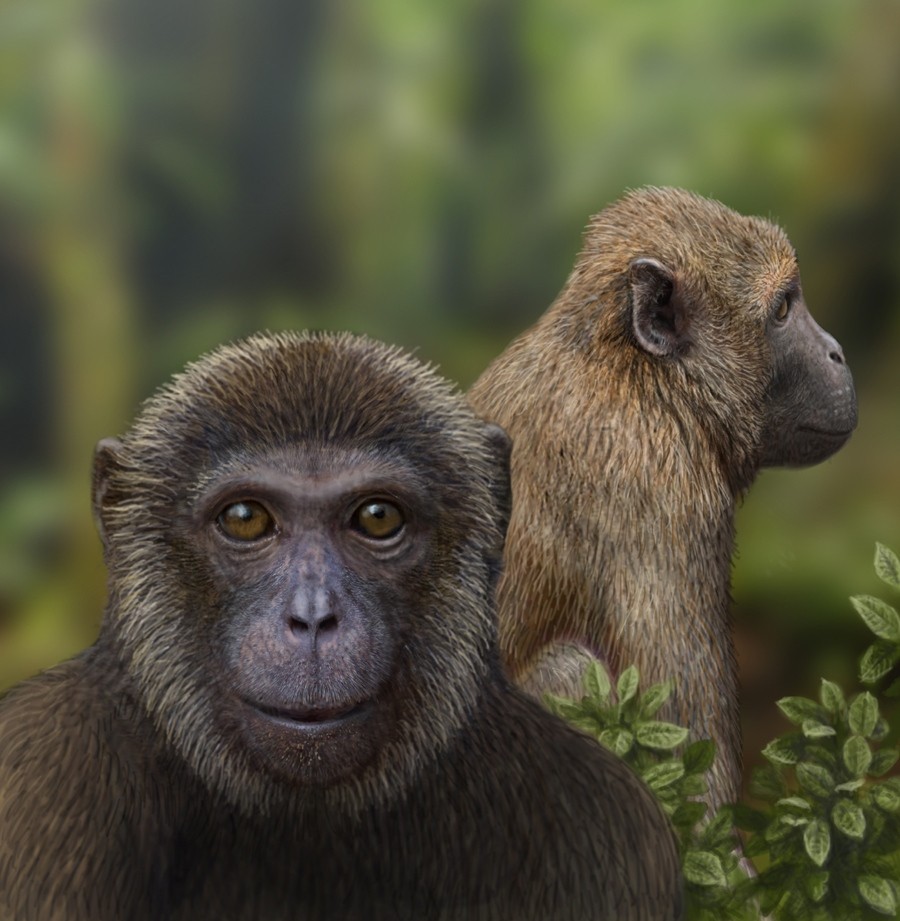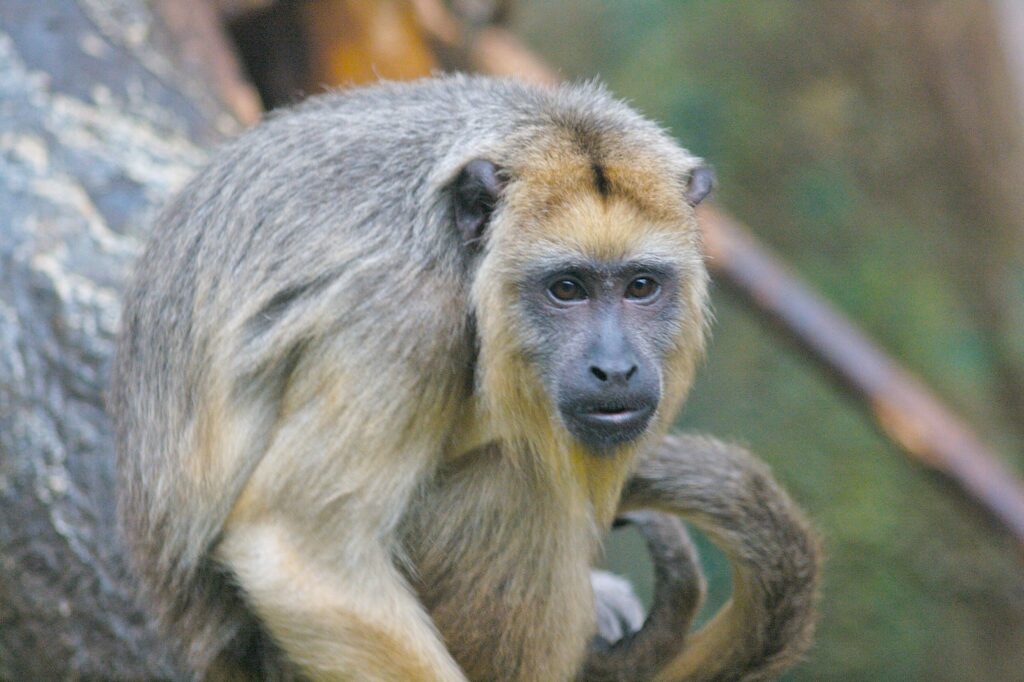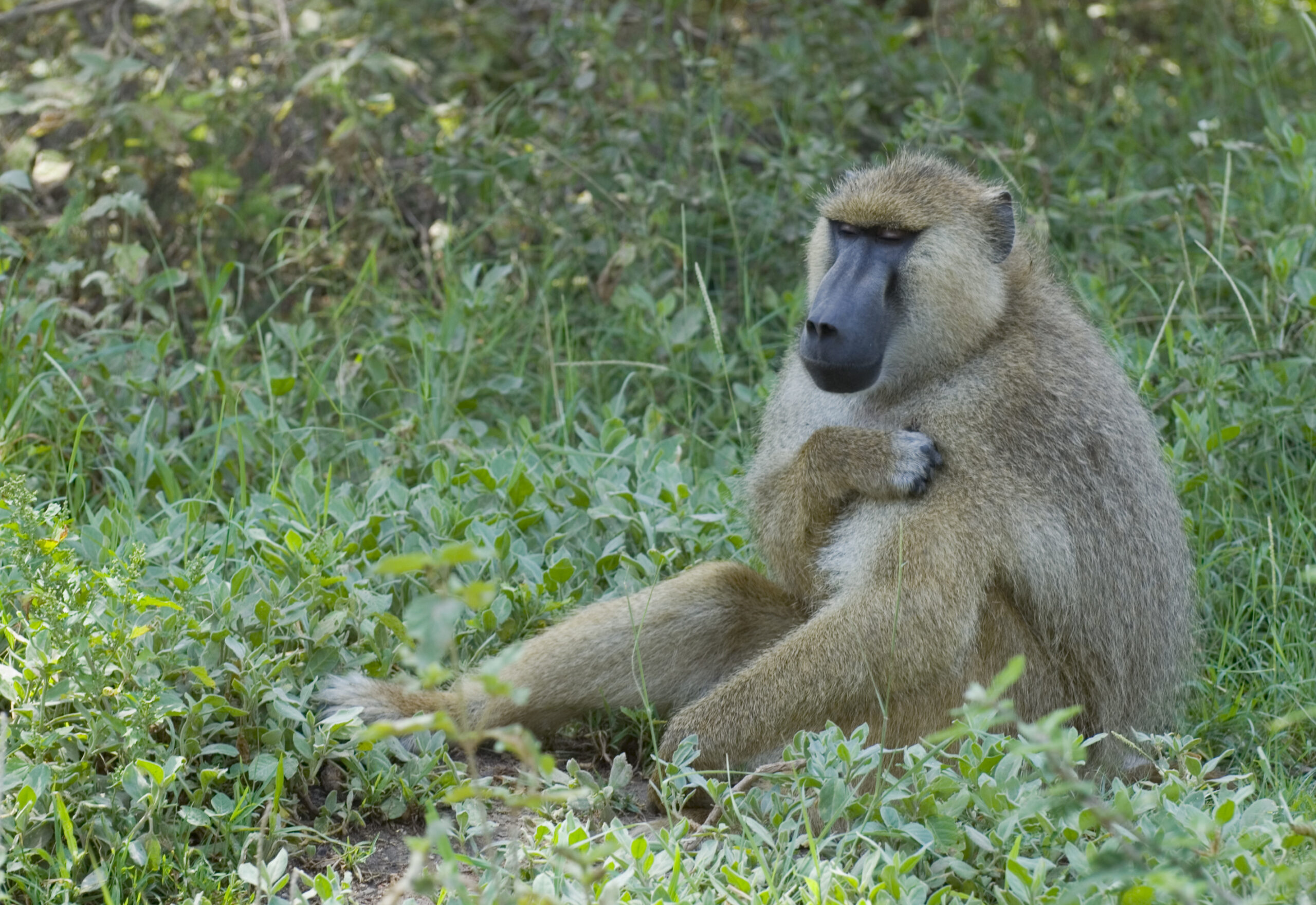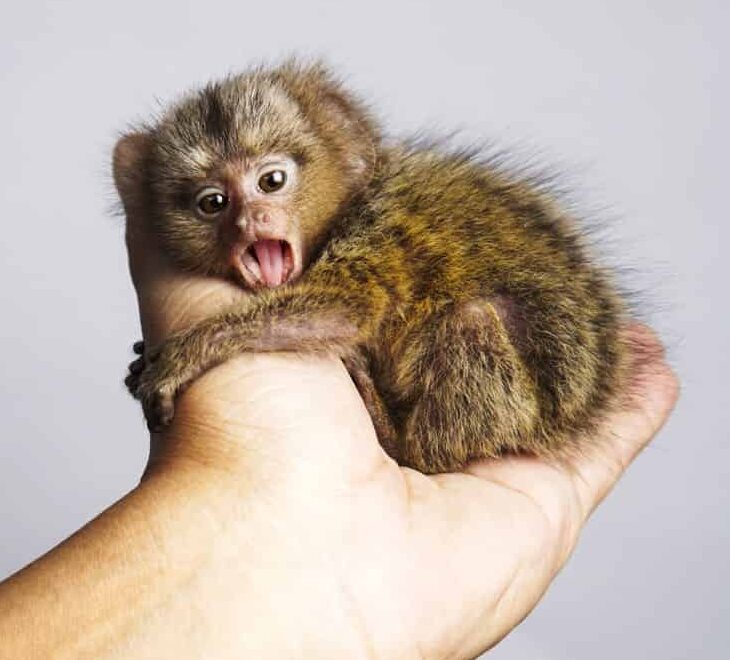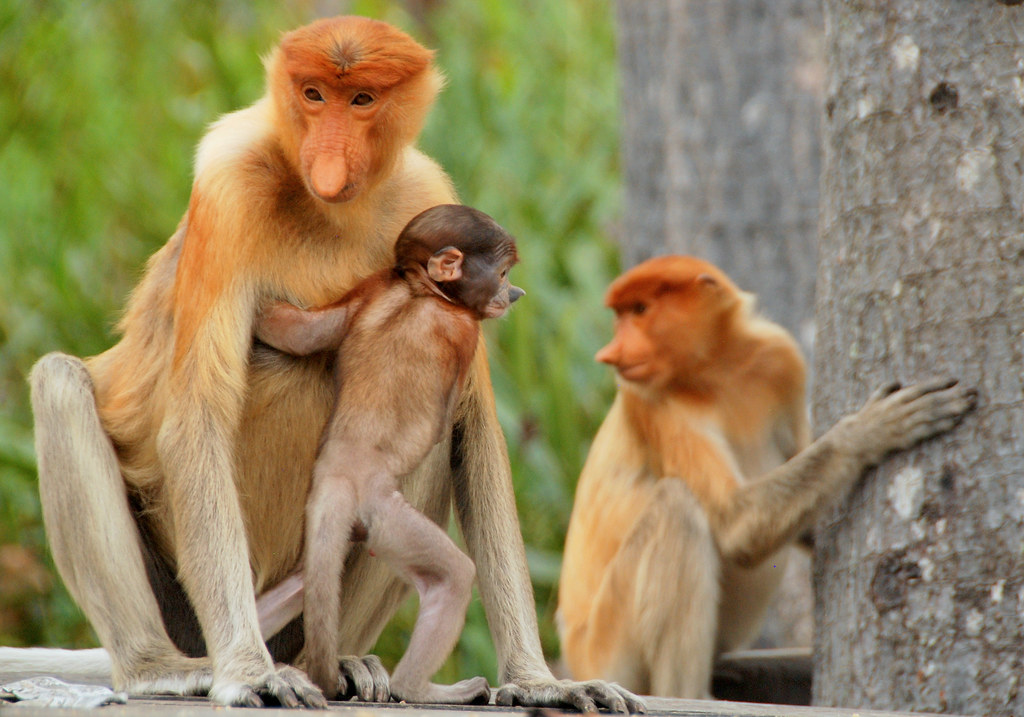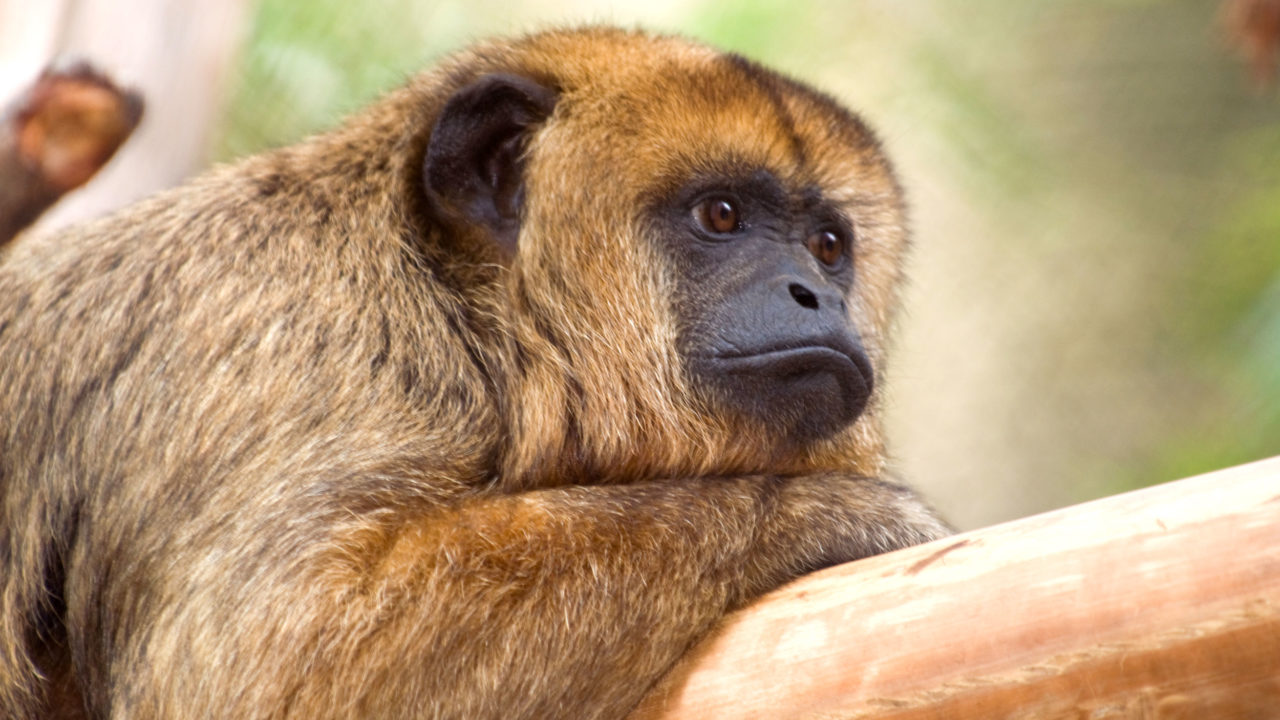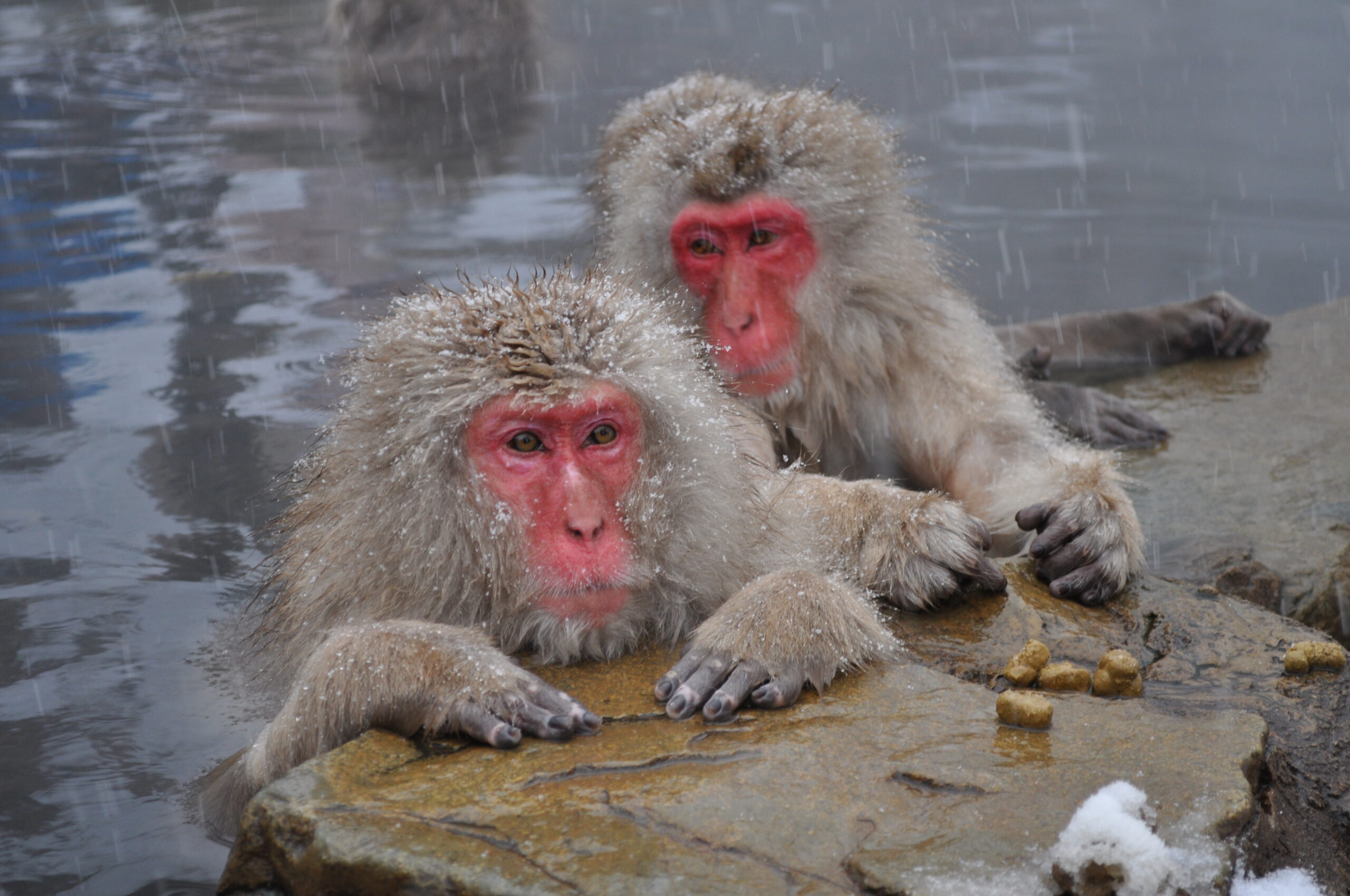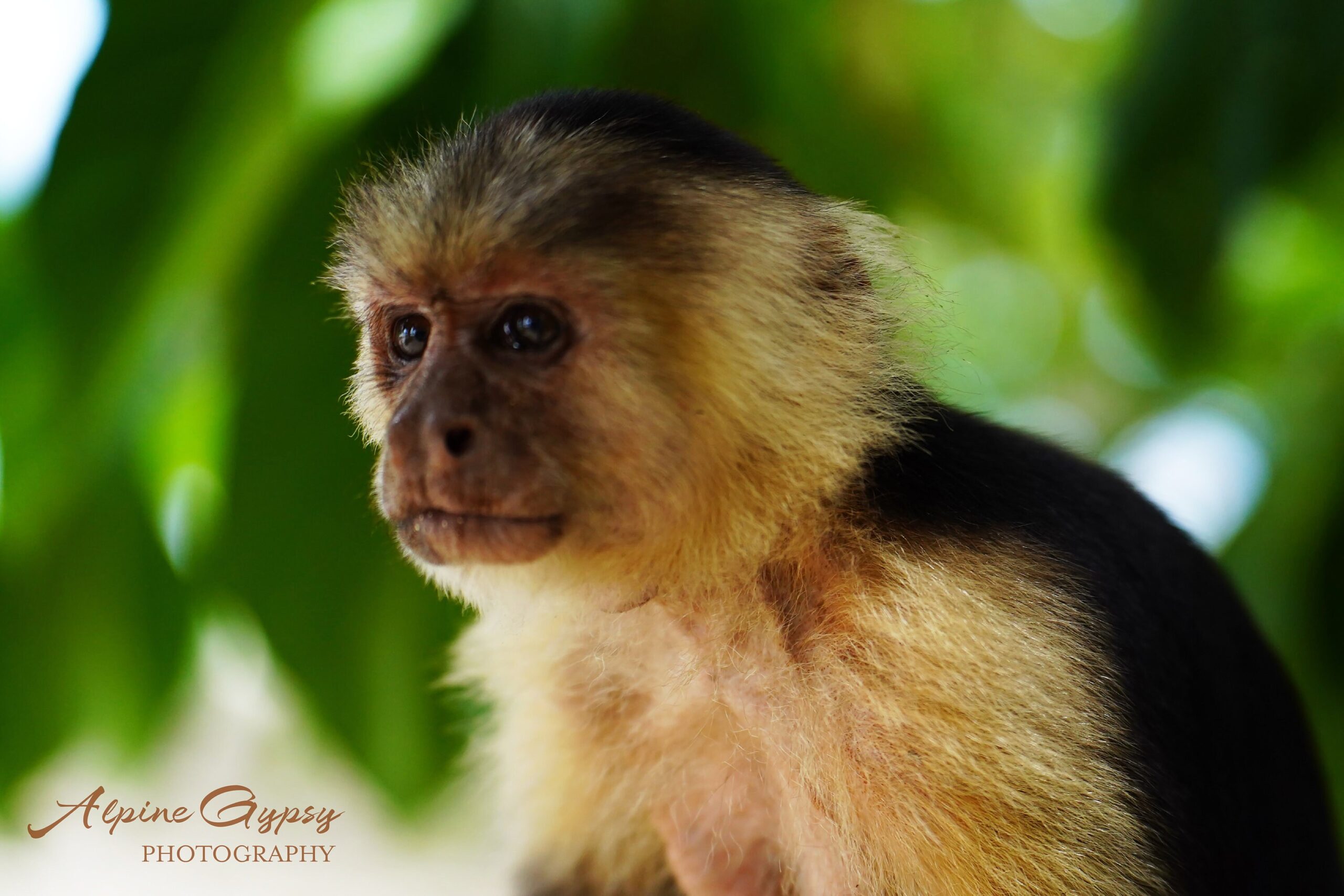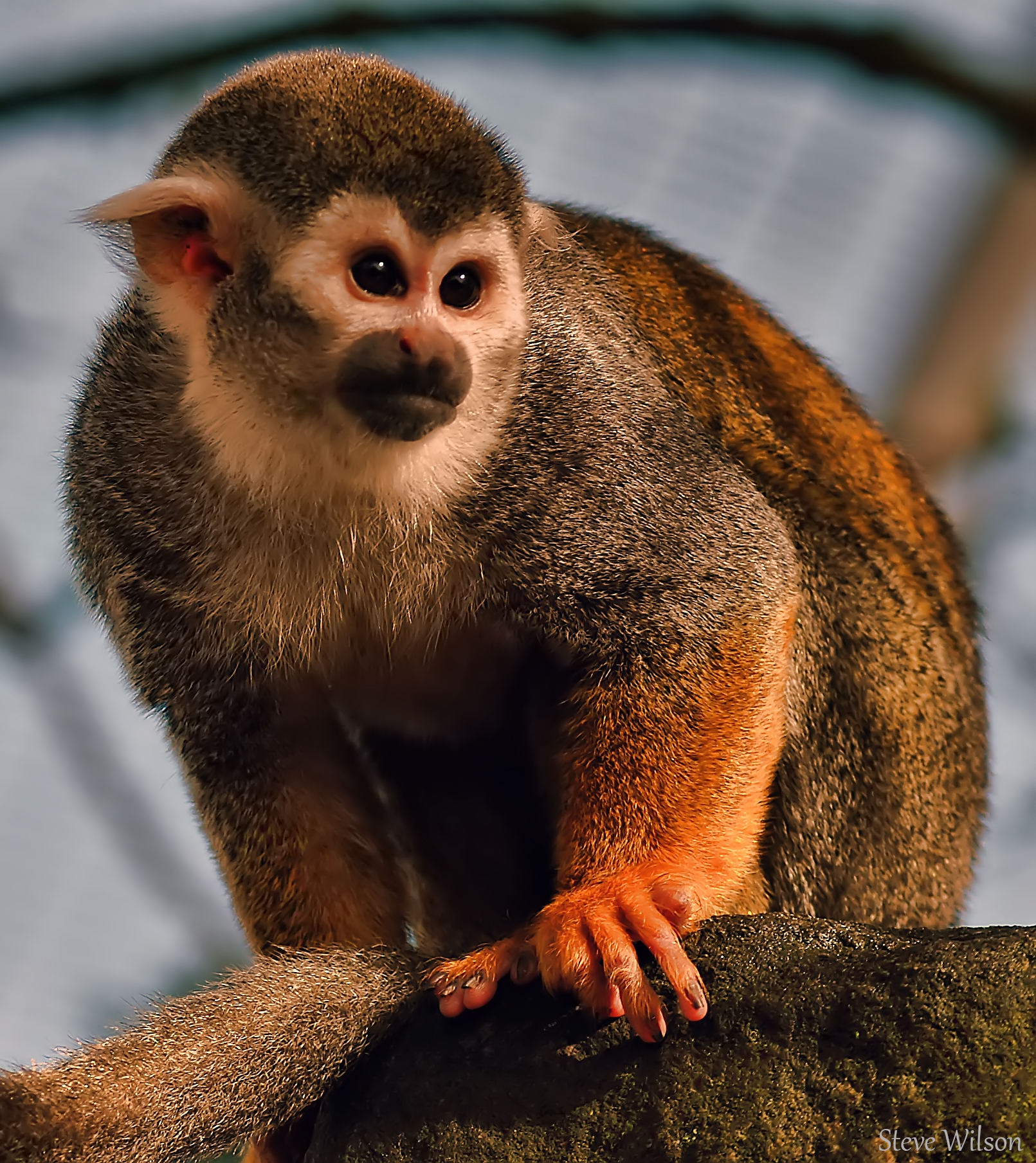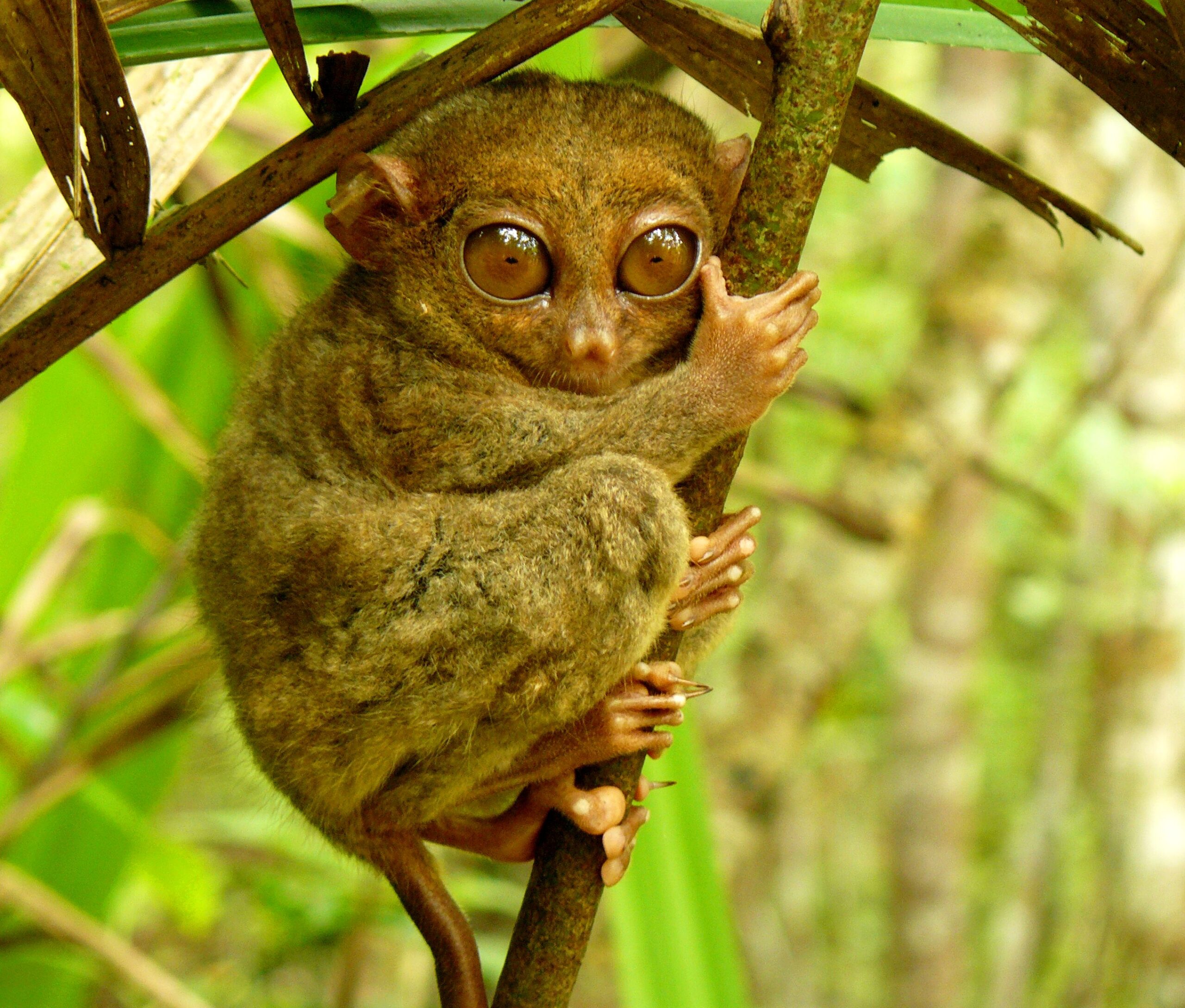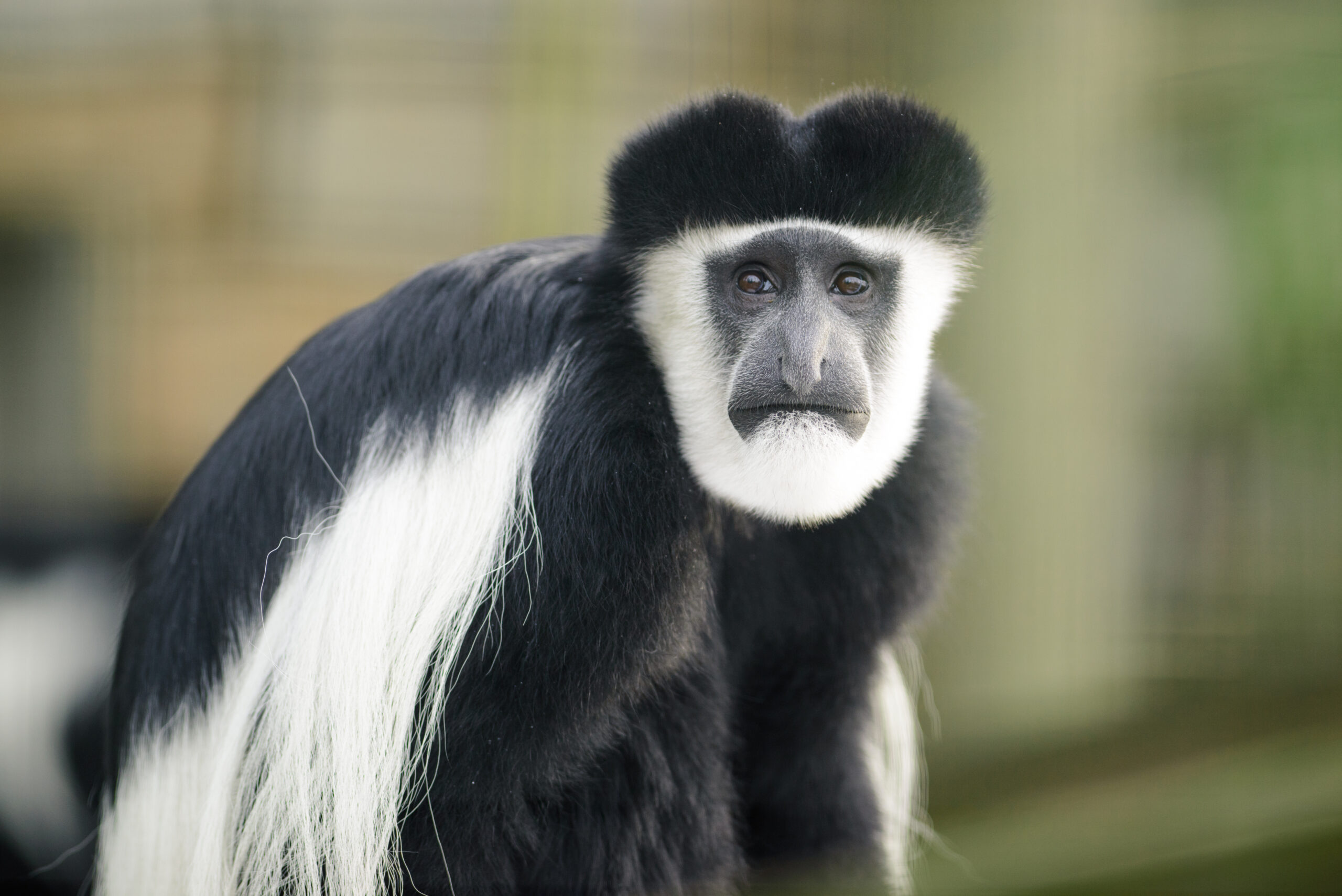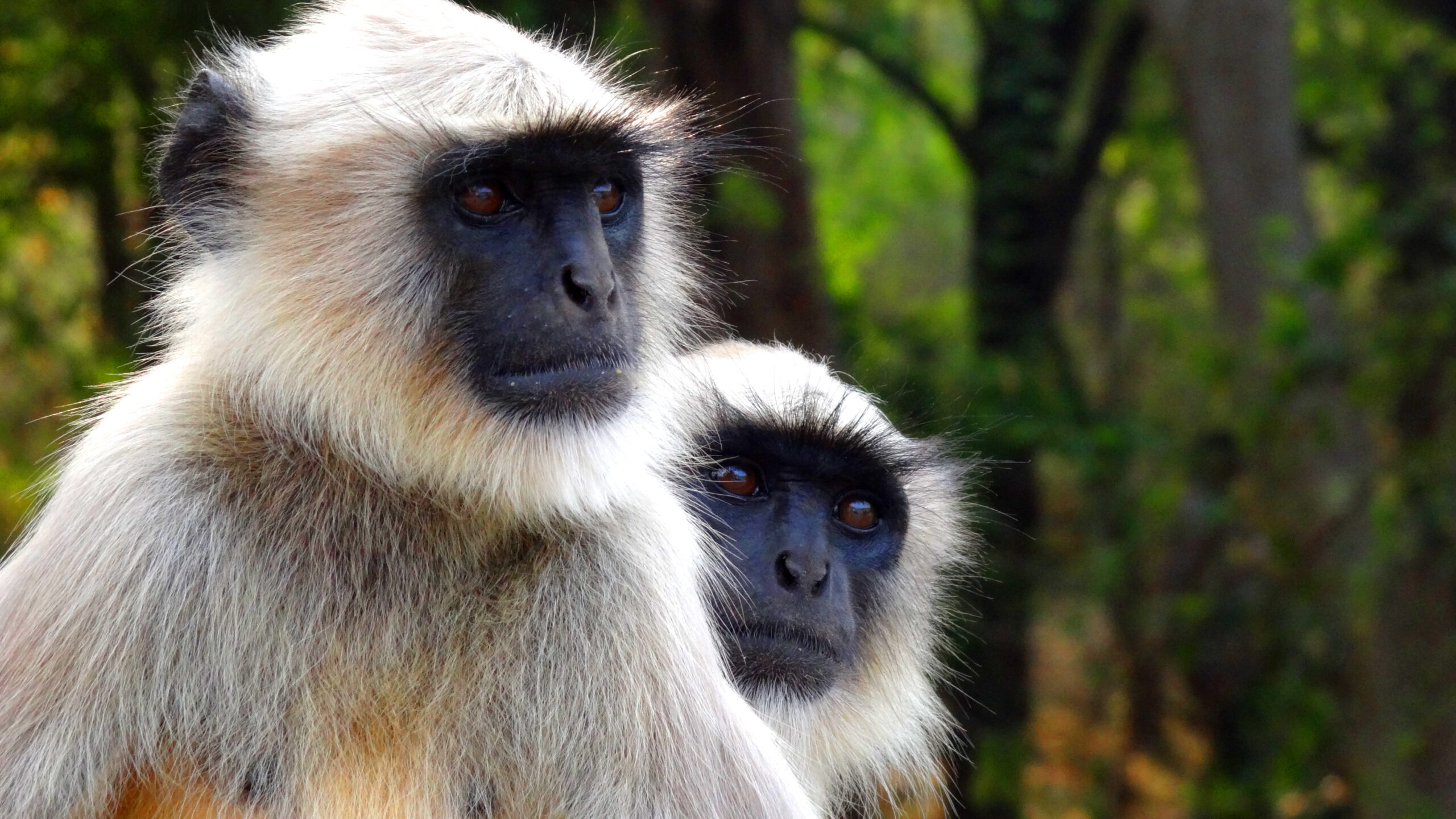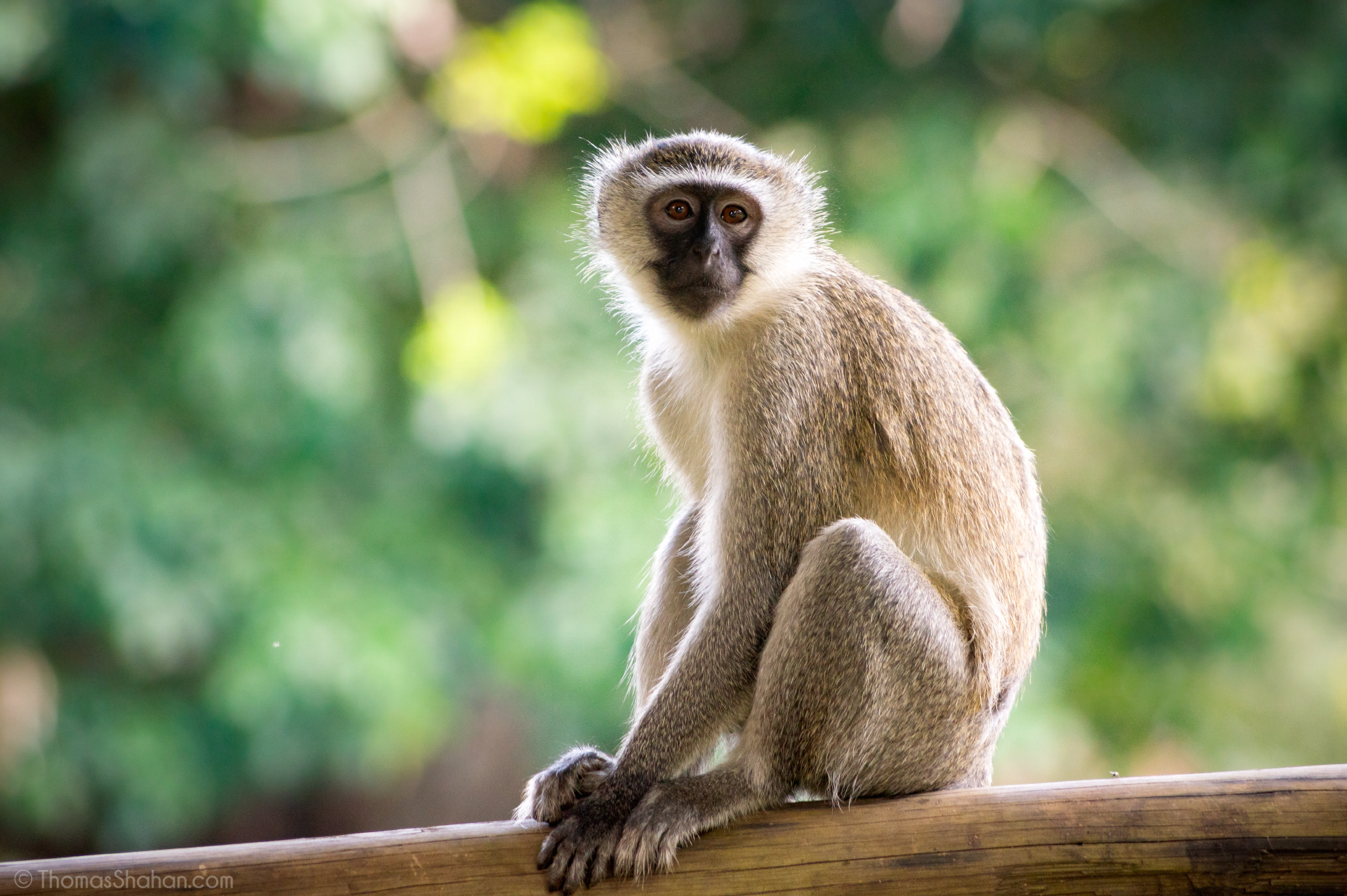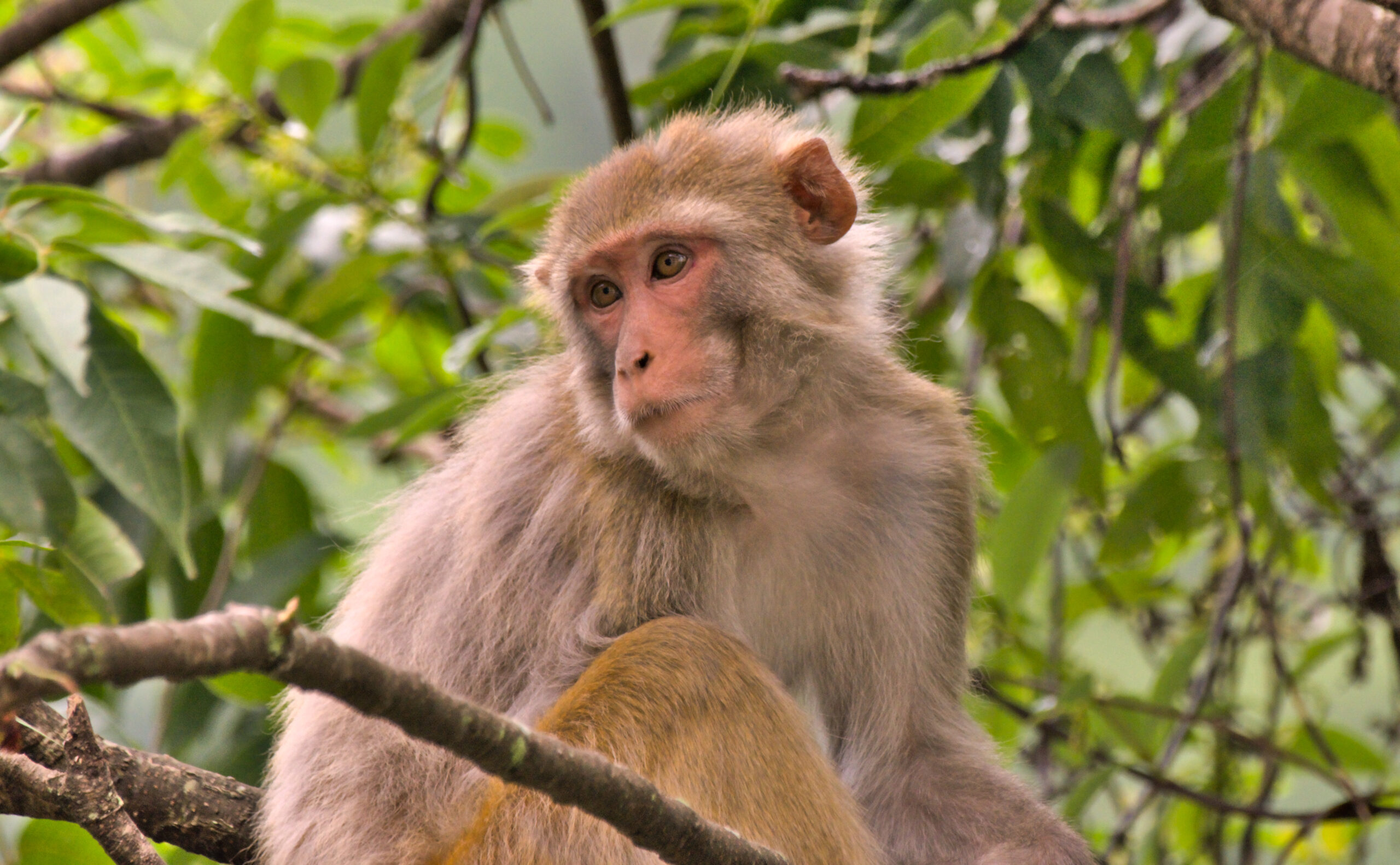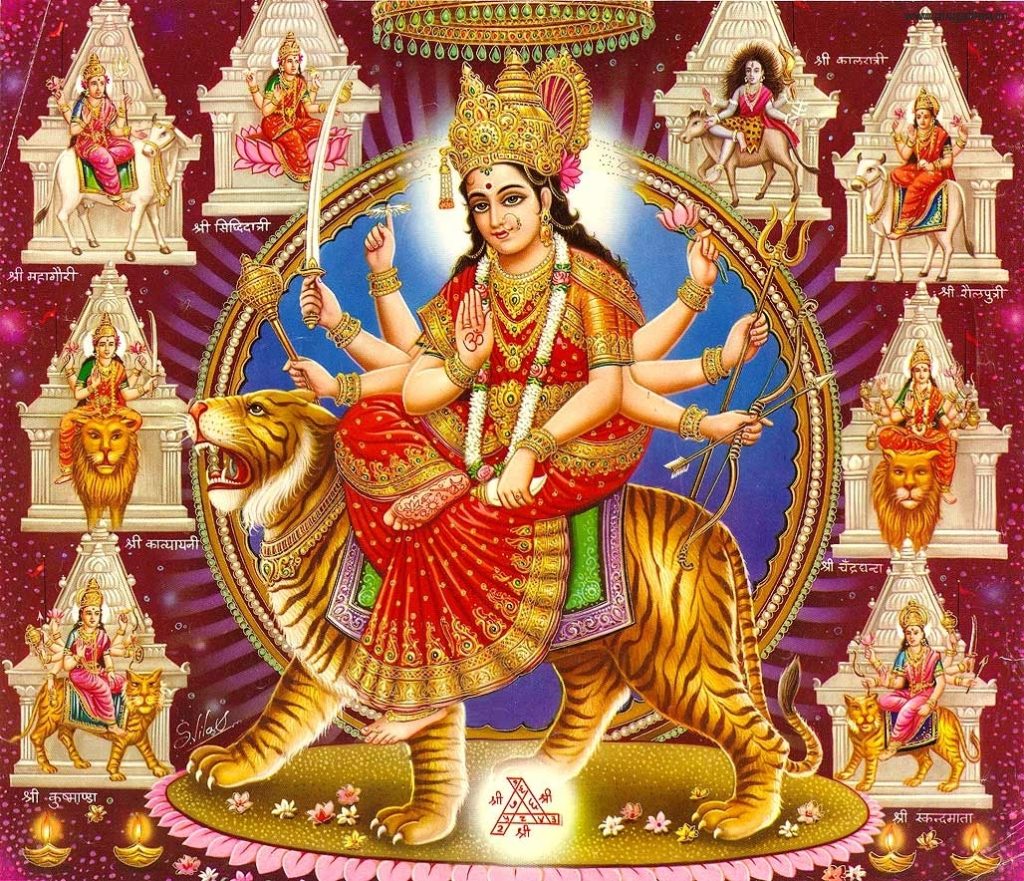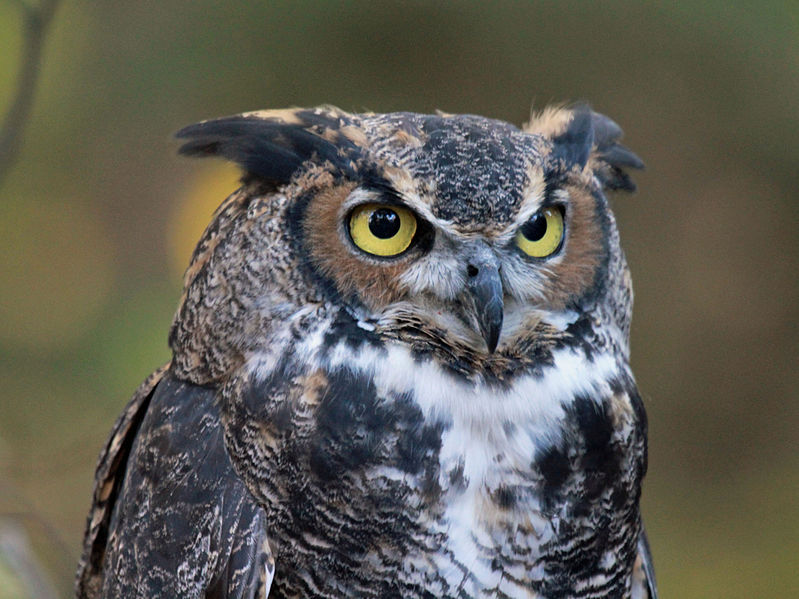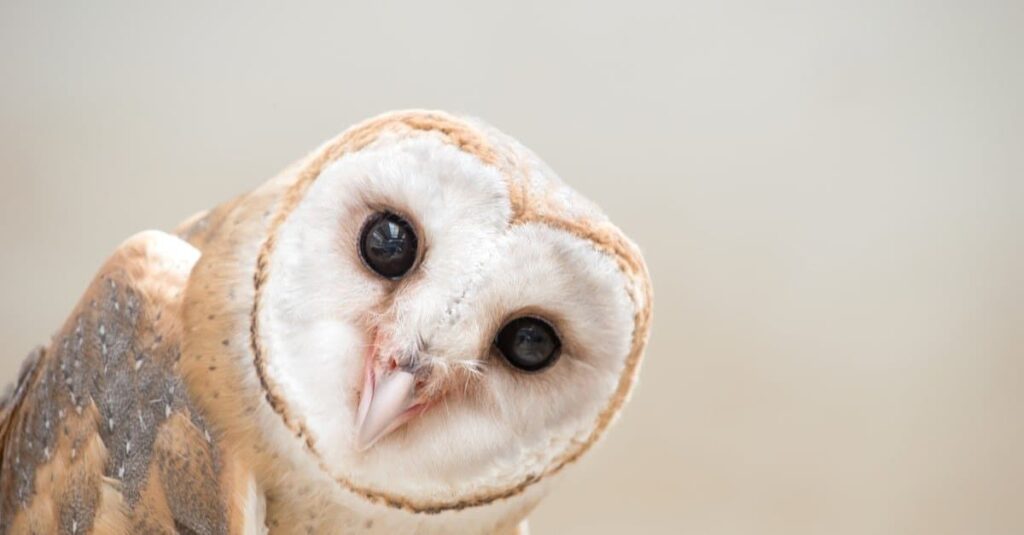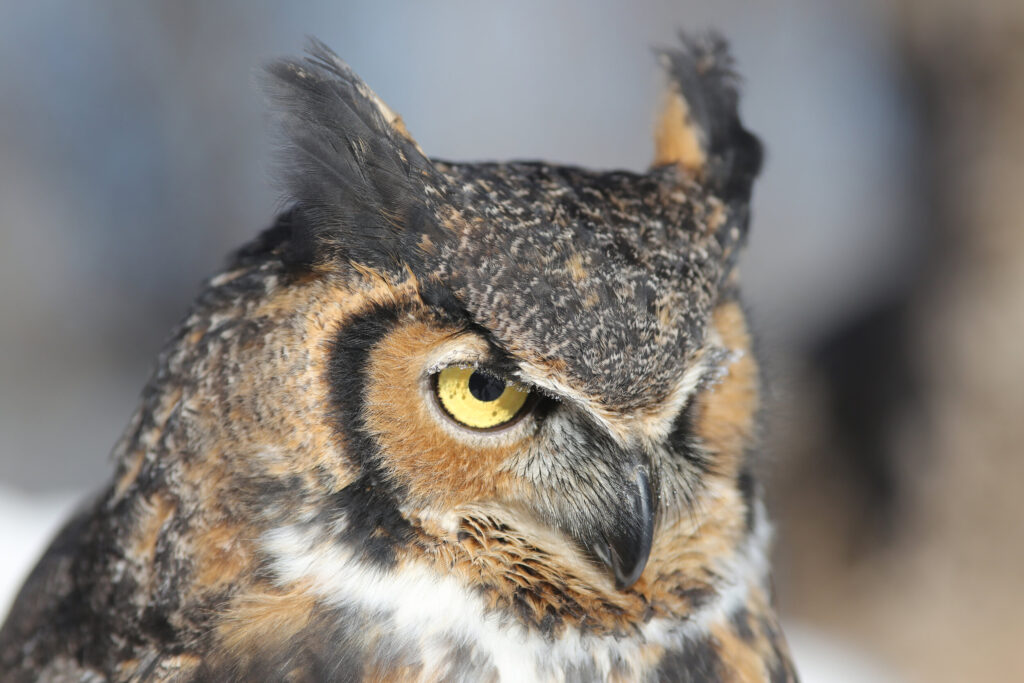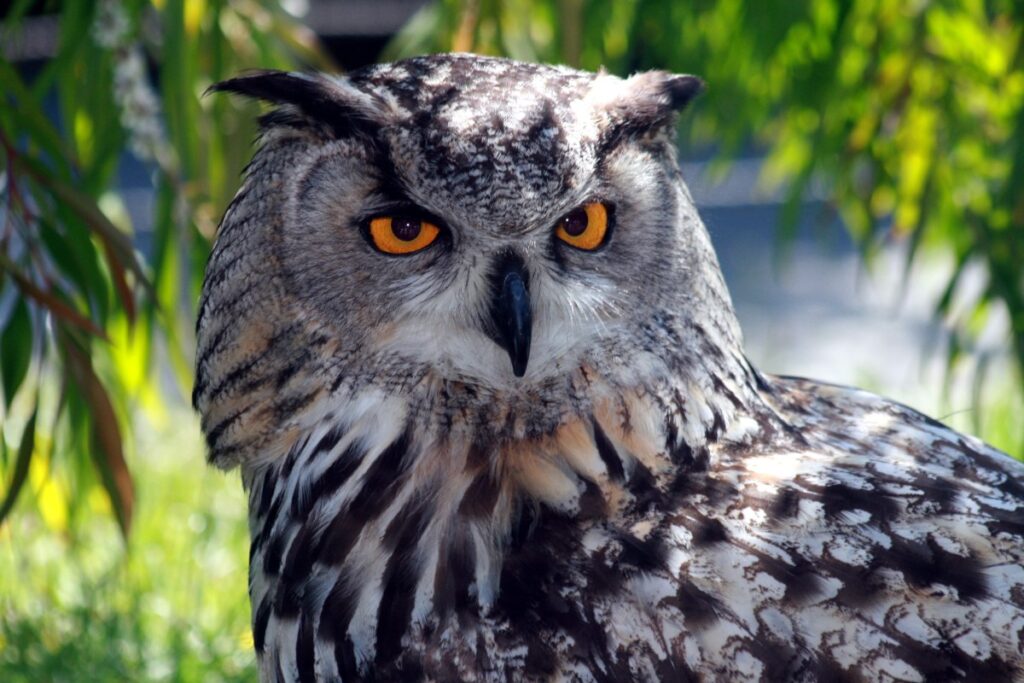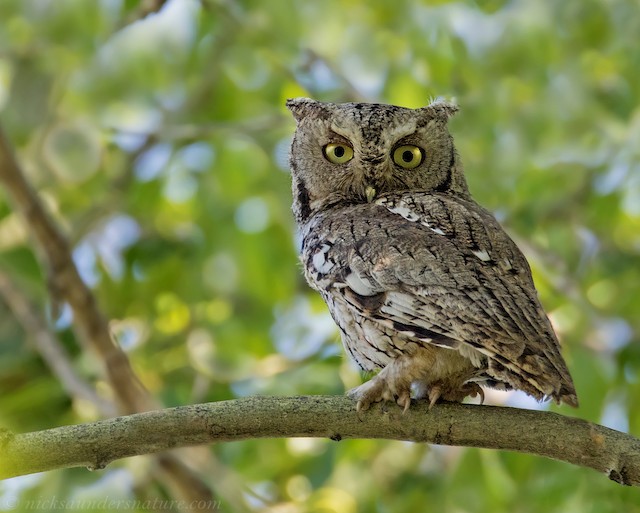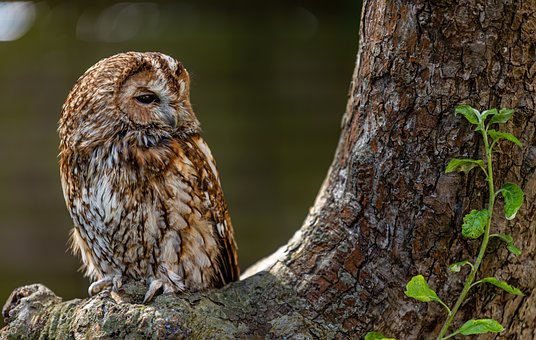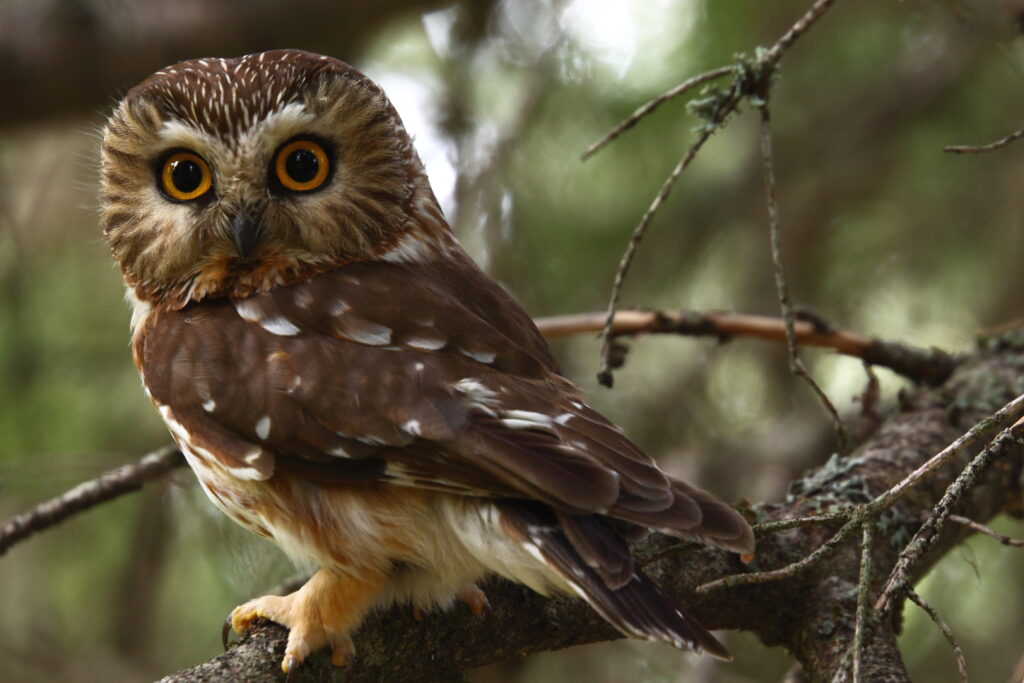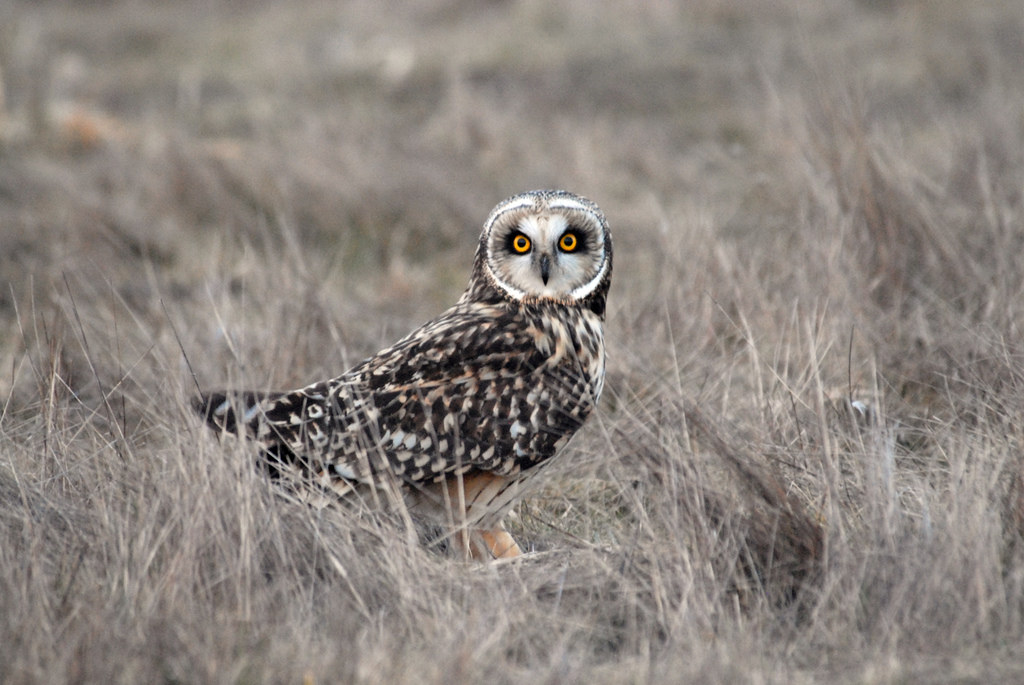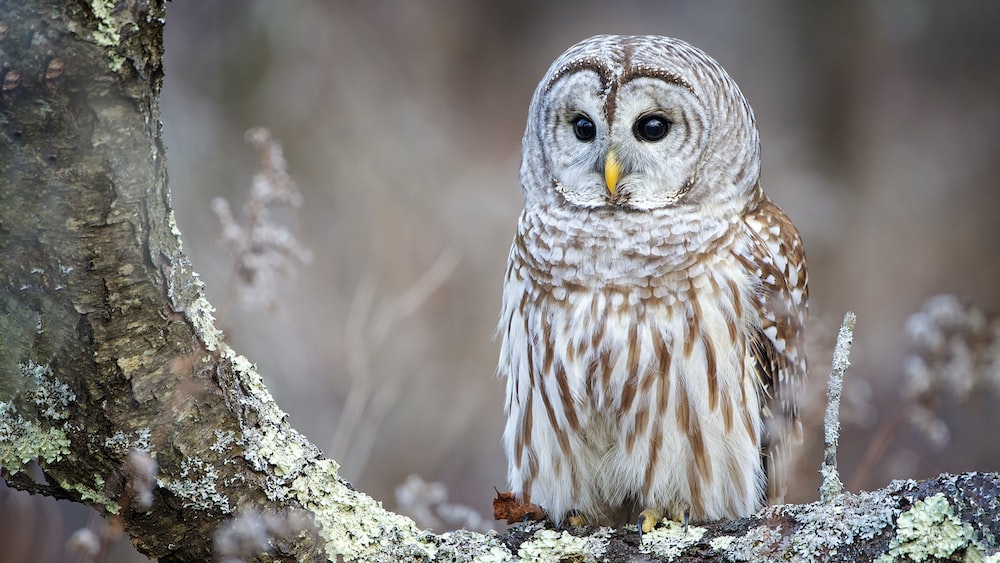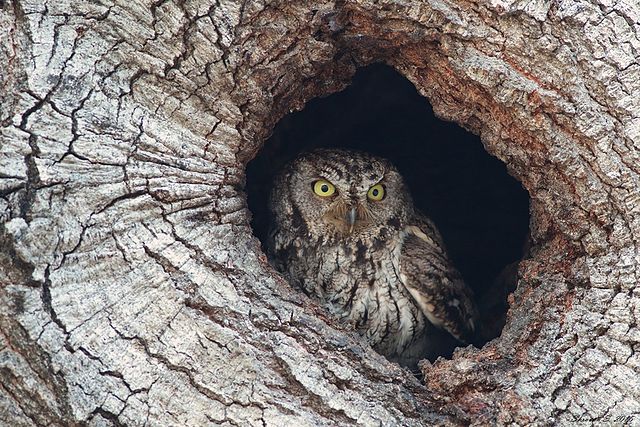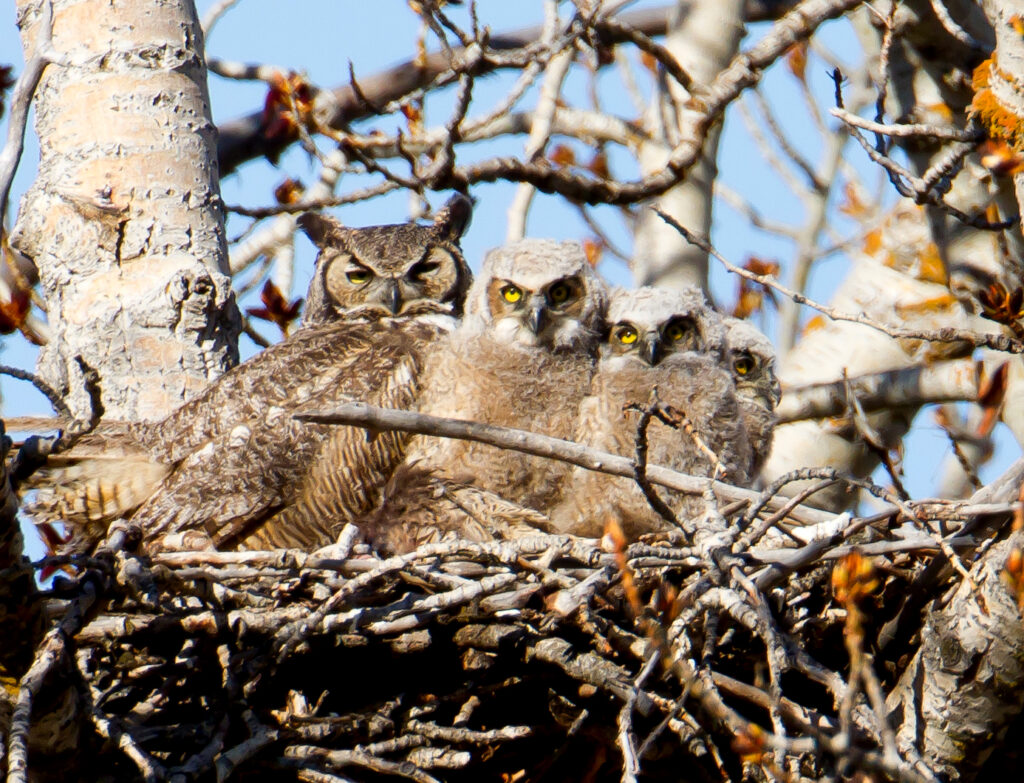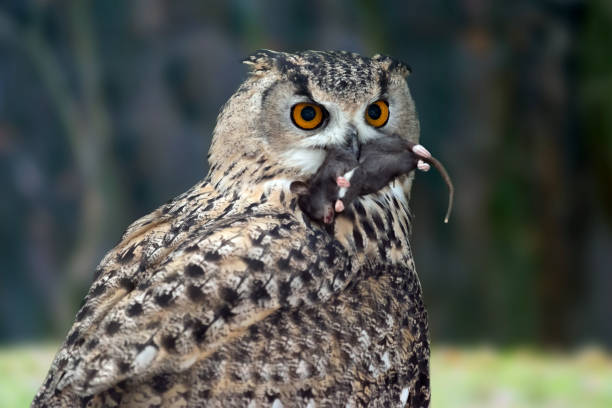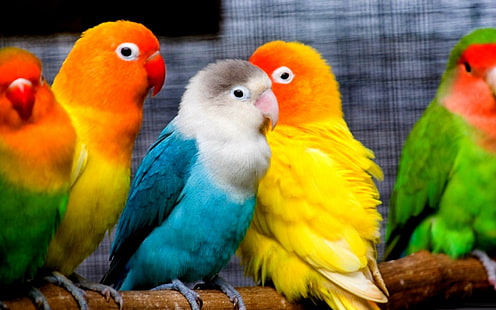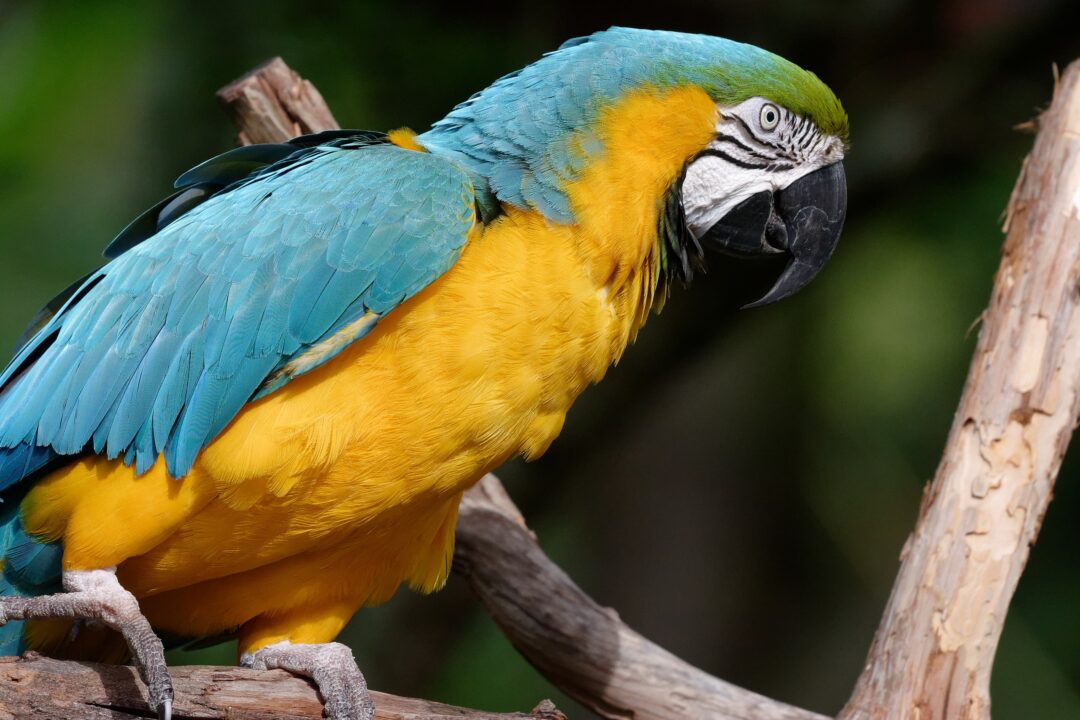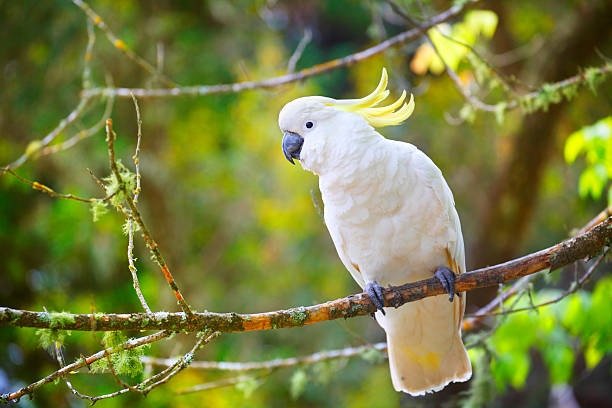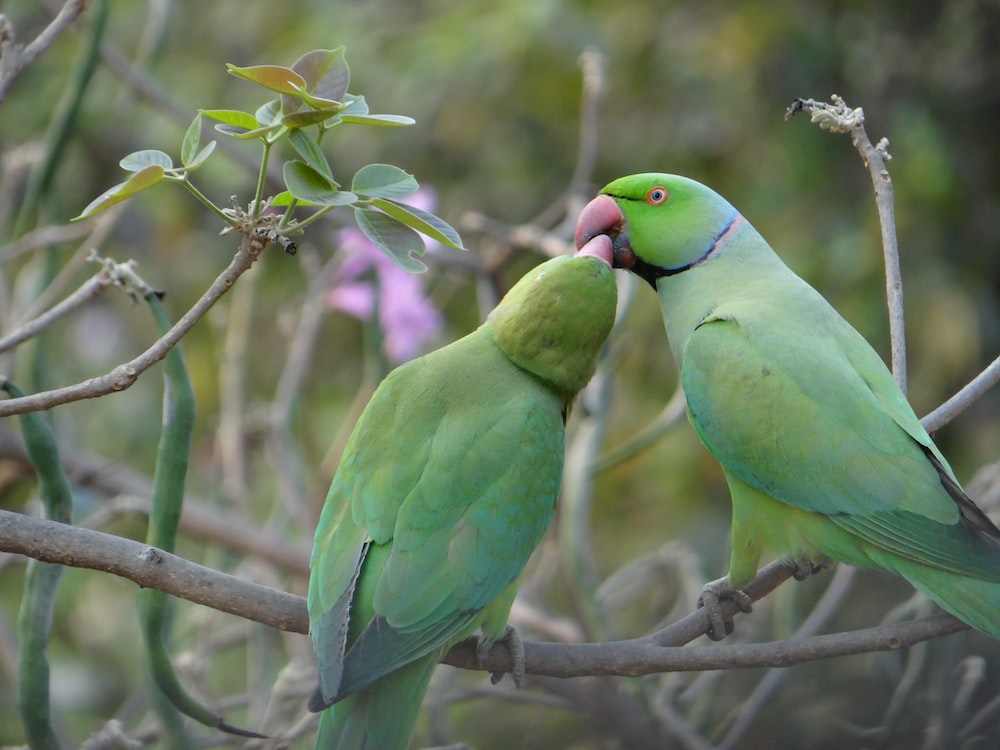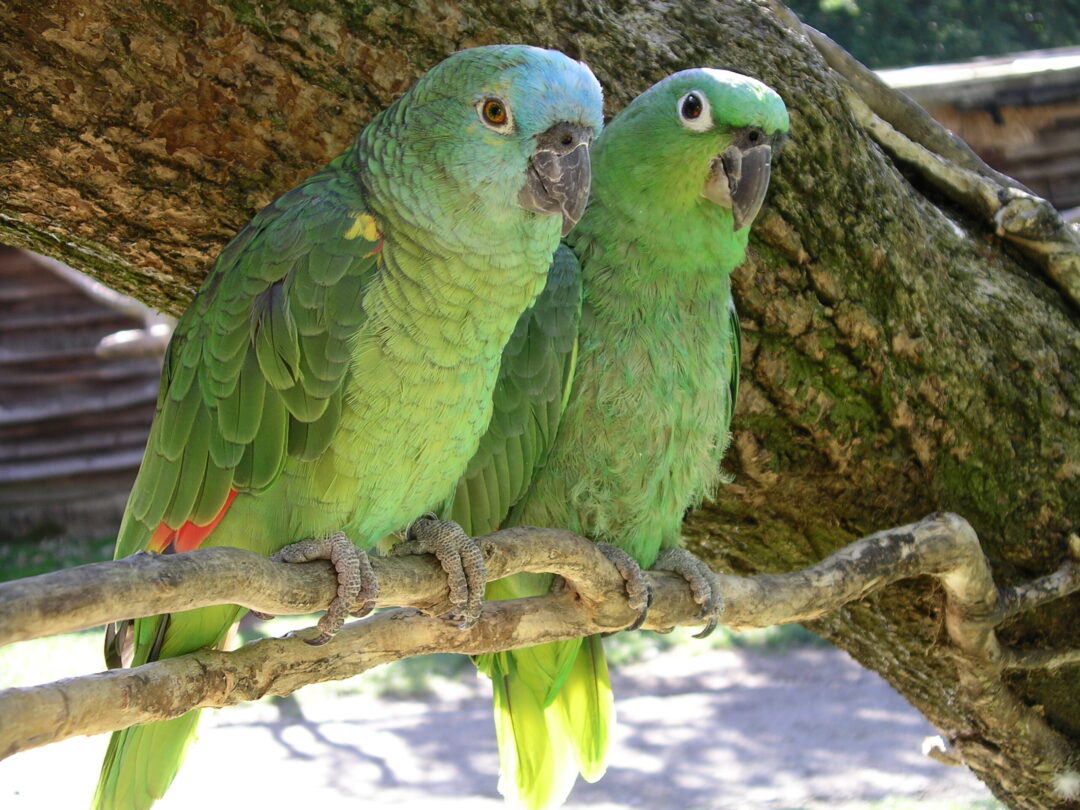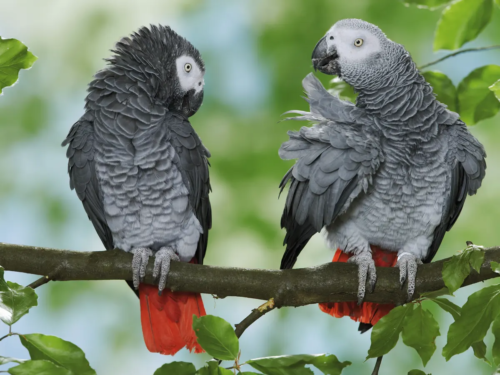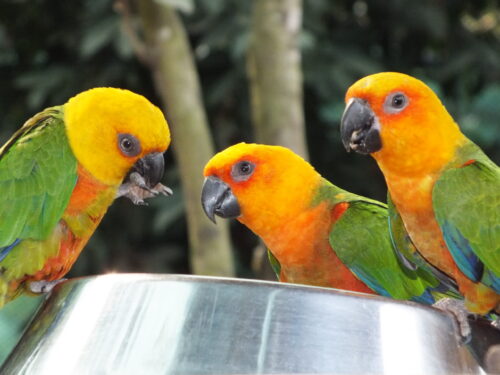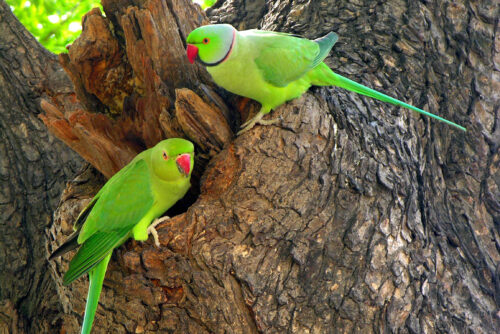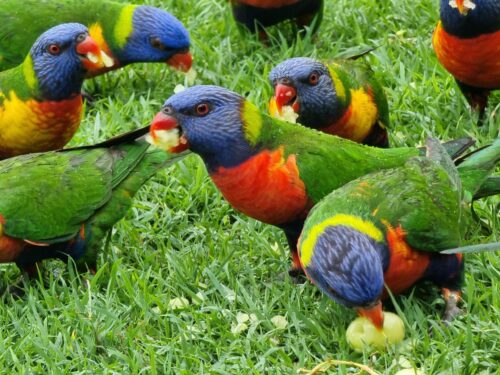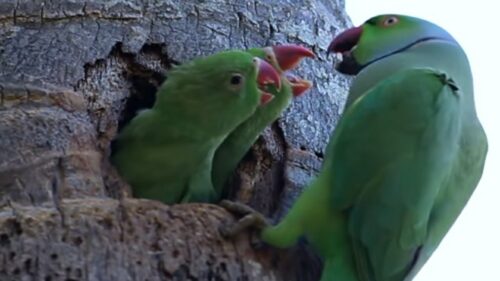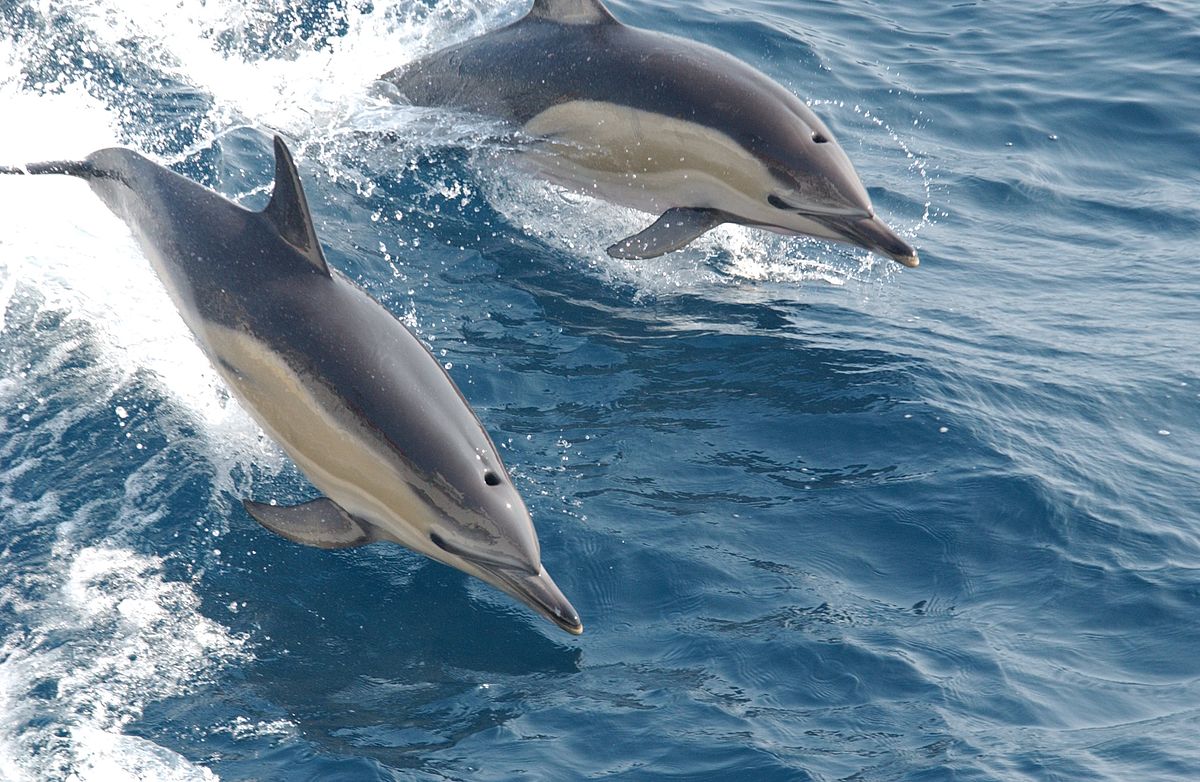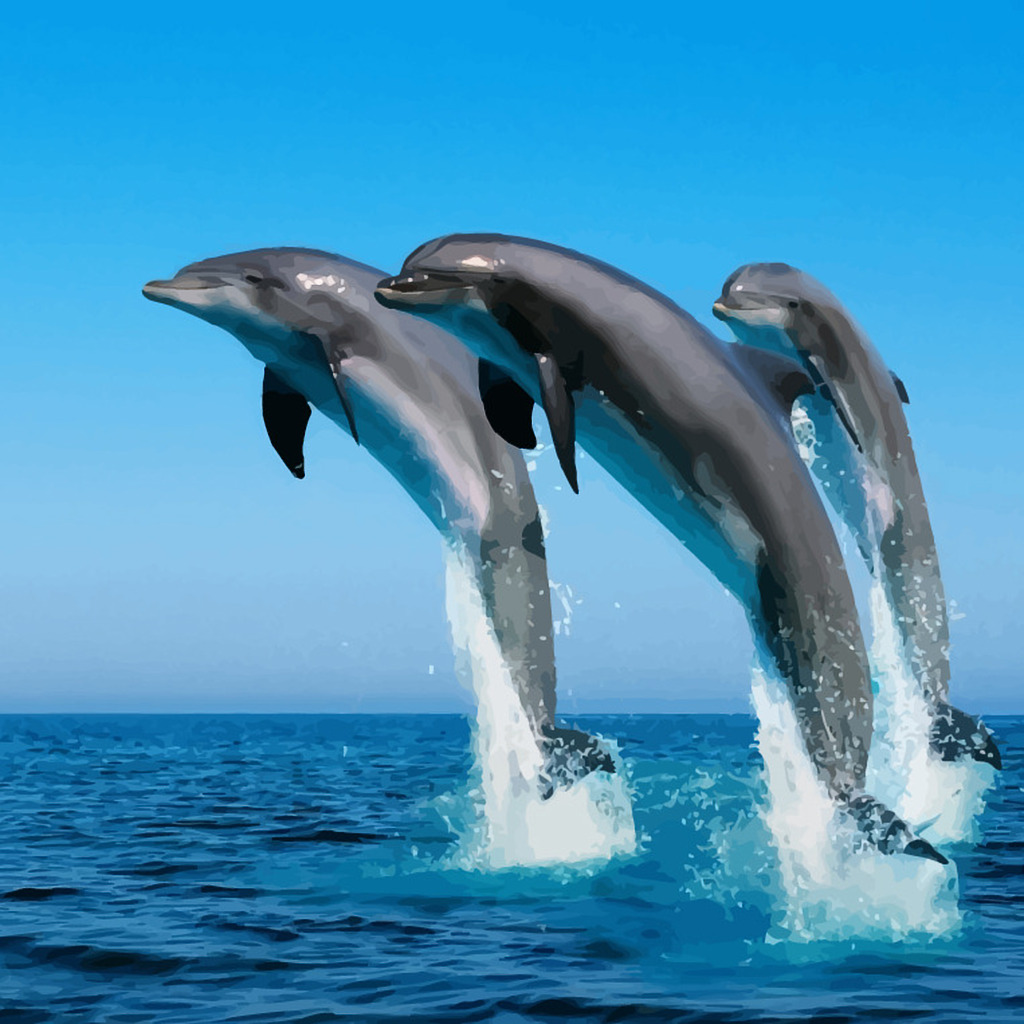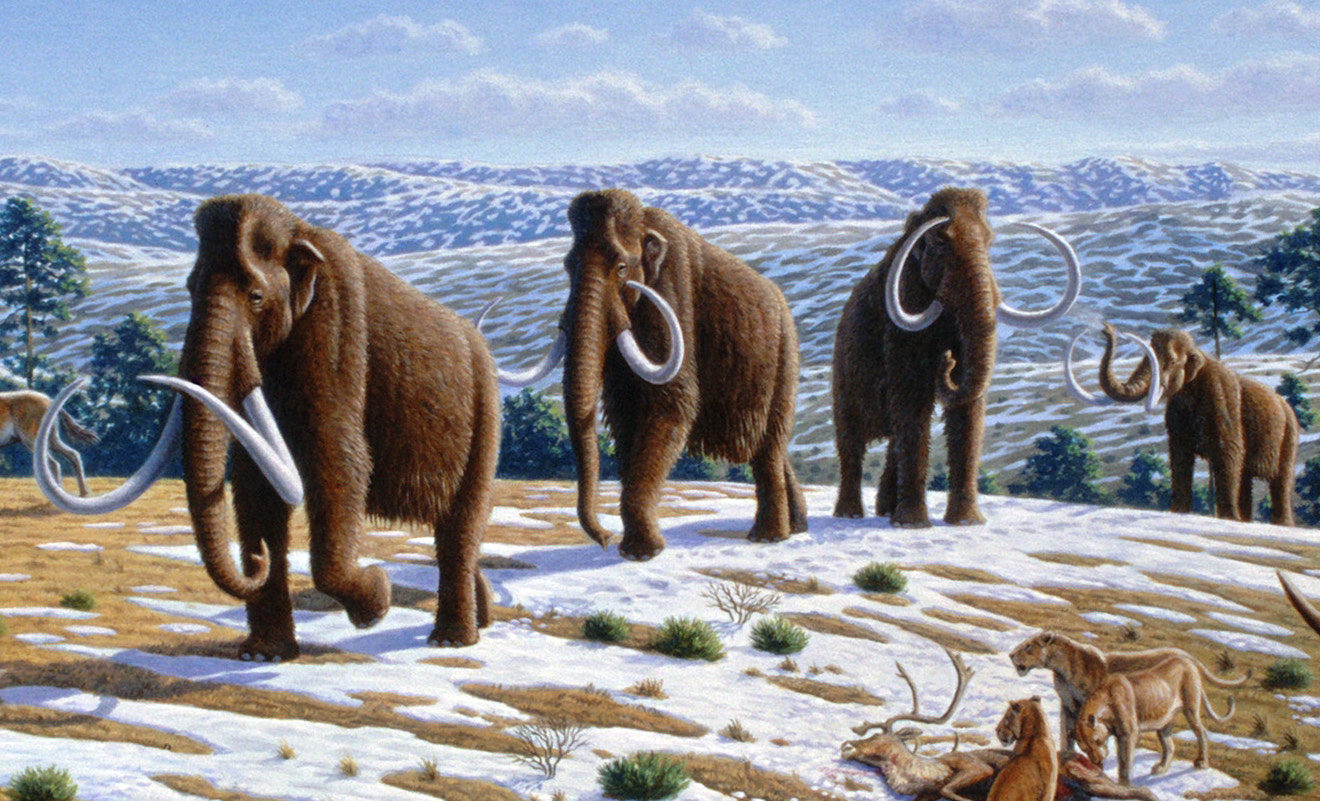
THE BIRTH OF A SKYSCRAPER
The idea of constructing a mega-tall skyscraper originated from the vision of His Highness Sheikh Mohammed bin Rashid Al Maktoum, the ruler of Dubai. Inspired by the desire to transform Dubai into a global hub and showcase the city’s capabilities, the Burj Khalifa project was initiated. The renowned architecture firm Skidmore, Owings & Merrill (SOM) was commissioned to design the tower, and construction began in 2004.
ENGINEERING MARVELS AND UNPRECEDENTED HEIGHTS
The Burj Khalifa was not just about breaking records; it was about pushing the boundaries of engineering and design. The tower stands at a staggering height of 828 meters (2,717 feet) with 163 floors, making it significantly taller than any other structure on the planet. Its sleek and elegant design draws inspiration from Islamic architecture and features a spiraling pattern, reminiscent of the Hymenocallis flower.

To withstand the enormous forces and stresses at such extreme heights, engineers had to devise innovative solutions. The tower’s structural system consists of a reinforced concrete core, surrounded by a perimeter tube with a series of wings that provide additional structural support. The exterior cladding is made up of reflective glass panels that not only enhance its aesthetics but also minimize heat gain.
WORLD-CLASS FACILITIES AND LUXURIOUS AMENITIES
Beyond its impressive height, the Burj Khalifa offers a luxurious and immersive experience to its occupants and visitors. The tower is a mixed-use development, housing a combination of residential apartments, offices, hotels, and entertainment spaces. The Armani Hotel Dubai occupies several floors, providing guests with opulent accommodation and breath-taking views of the city.

At the 148th floor, the iconic observation deck, known as At the Top, offers panoramic views of Dubai’s skyline and the vast Arabian Gulf. Visitors can marvel at the cityscape during the day or enjoy the sparkling lights that adorn Dubai at night. The Burj Khalifa also features a range of world-class restaurants, spas, and fitness facilities, providing a complete lifestyle experience.
A CATALYST FOR URBAN TRANSFORMATION
The Burj Khalifa has played a pivotal role in shaping Dubai’s skyline and transforming its global image. It has become an international landmark, attracting millions of tourists each year who flock to witness this architectural wonder. Its presence has also spurred the development of other ambitious projects, such as the Dubai Mall and the Dubai Fountain, which further enhance the city’s allure.

Moreover, the Burj Khalifa has acted as a catalyst for economic growth by attracting multinational corporations and businesses to set up their offices in the surrounding area. Its proximity to the Dubai International Financial Centre (DIFC) has turned the region into a vibrant business hub, fuelling Dubai’s ambition to become a global financial centre.
A SYMBOL OF HUMAN ACHIEVEMENT
Beyond its physical attributes and economic impact, the Burj Khalifa symbolizes the limitless capabilities of human achievement. It stands as a testament to human innovation, engineering prowess, and the pursuit of greatness. The tower’s construction involved the collaboration of thousands of workers, engineers, and architects from around the world, showcasing the power of teamwork
ITINERARY FOR VISIT PLAN FOR BURJ KHALIFA
Pre-Book Tickets
To avoid long queues and ensure your preferred time slot, it is advisable to book your tickets in advance. You can do this online through the official Burj Khalifa website or through authorized ticketing agents.
Arrival at the Dubai Mall
The entrance to the Burj Khalifa is located in the Dubai Mall, one of the world’s largest shopping destinations. Arrive at the mall before your scheduled visit to explore the wide range of shops, restaurants, and attractions available.
At the Top, Burj Khalifa
Make your way to the Burj Khalifa entrance located on the lower ground floor of the Dubai Mall. Present your ticket and proceed through the security check.
Burj Khalifa Observation Decks
The Burj Khalifa offers two observation decks that provide breath-taking views of Dubai’s skyline.
At the Top, Burj Khalifa
This observation deck is located on the 124th and 125th floors. You’ll be whisked up in high-speed elevators that will take you to the top in a matter of seconds. Enjoy the panoramic views of Dubai’s cityscape from the floor-to-ceiling glass walls and outdoor terrace. Interactive displays and telescopes are available to enhance your experience
At the Top Sky, Burj Khalifa
For an even more exclusive experience, consider upgrading to the At the Top Sky observation deck located on the 148th floor. This luxurious deck offers unparalleled views and additional amenities, including a guided tour, complimentary refreshments, and access to the lounge area.
Explore the Surroundings
After your visit to the observation decks, take some time to explore the Dubai Mall and its various attractions. Visit the Dubai Aquarium & Underwater Zoo, watch the mesmerizing Dubai Fountain show, or indulge in a delicious meal at one of the mall’s many restaurants.
Souvenir Shopping
Before you leave, don’t forget to stop by the Burj Khalifa gift shop located near the exit. Here, you can also find a range of unique souvenirs and memorabilia to commemorate your visit.
Additional Experiences
If you have more time and are interested in a more immersive experience, consider trying other activities offered at the Burj Khalifa, such as the VR experience “Mission 828” or dining at one of the restaurants located within the tower.
UNDERWATER ZOO AT DUBAI MALL
Located on the ground level of the Dubai Mall, the Underwater Zoo is a captivating marine-themed attraction. It offers visitors an immersive experience with a variety of marine life. Here’s what you can expect when visiting the Underwater Zoo:

Aquatic Exhibits
The Underwater Zoo features a series of carefully designed exhibits, each showcasing different aquatic ecosystems and marine species. You can encounter a diverse range of marine life, including colorful fish, mesmerizing jellyfish, and playful otters. Additionally, you’ll come across graceful seahorses and even mighty king crocodiles.
Underwater Tunnel
One of the highlights of the Underwater Zoo is the walkthrough tunnel that offers a unique perspective of being surrounded by the underwater world. As you stroll through the tunnel, you can also observe marine creatures swimming overhead, providing a close-up view of their natural habitats.
Interactive Experiences
At the Underwater Zoo, visitors can engage with marine life through interactive experiences like touch pools, guided by knowledgeable staff. Educational presentations offer valuable insights into marine life, enhancing visitors’ understanding and appreciation of the underwater world. Witness captivating feeding sessions, where you can also observe marine creatures up close and learn about their unique behaviours.
Behind-the-Scenes Tours
For those seeking a more in-depth understanding of marine conservation and animal care, the Underwater Zoo offers behind-the-scenes tours. These guided tours provide insights into the daily operations of the facility and allow visitors to see how the animals are cared for and learn about ongoing conservation efforts.
Conservation Initiatives
The Underwater Zoo aims to raise awareness about marine conservation and the importance of protecting our oceans. Through educational exhibits and interactive displays, visitors can gain a deeper understanding of the challenges faced by marine ecosystems and learn how they can contribute to their preservation.
Souvenir Shop
At the conclusion of your visit, be sure to explore the gift shop. You can shop for marine souvenirs, books, and unique keepsakes, capturing the essence of your Underwater Zoo experience.
Remember, the Underwater Zoo is a separate attraction within the Dubai Mall and requires a separate ticket for entry. Explore the wonders of the underwater world, creating memorable experiences and enhancing your visit to the Dubai Mall.






















